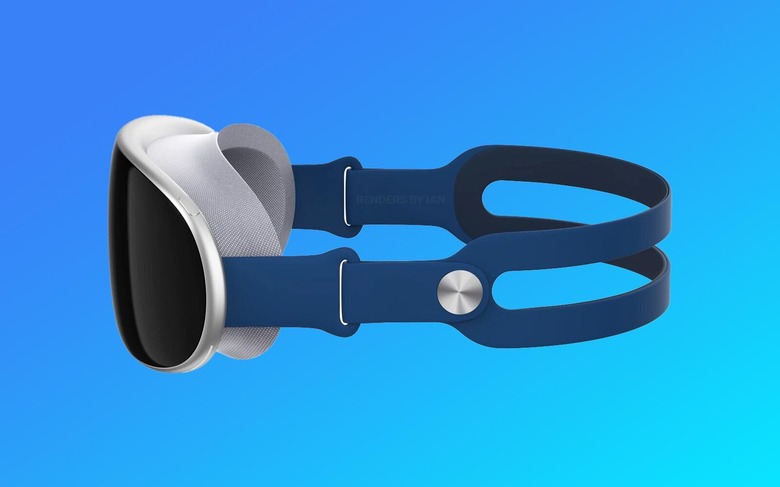Apple Reality Pro Headset To Feature In-Air Typing, No iPhone Required
In his latest Power On newsletter, Bloomberg's Mark Gurman revealed more details about Apple's upcoming Reality Pro headset. According to the journalist, unlike the original Apple Watch, this device won't rely on an iPhone for setup or use – although it could help.
Gurman's sources say the latest test versions of the Reality Pro headset can be set up without an iPhone and can download users' content and iCloud data directly from the cloud. As previously reported, this mixed-reality headset will run the xrOS operating system.
Since the Reality Pro headset won't feature a remote control – it will be operated by the user's eyes and hands –Bloomberg reports that one of its key features will be in-air typing. That said, Gurman heard this feature been "finicky in testing," so users would be better off pairing an iPhone and using its touch-screen keyboard. After releasing the headset, Apple is expected to offer rapid improvements, so the headset follows "the same path as the original Apple Watch in that respect."
Besides that, Gurman still believes Apple will unveil the Reality Pro headset in June at the WWDC 2023 keynote, and it will be released by the end of 2023 at the earliest. Analyst Ming-Chi Kuo, on the other hand, said Apple planned to ship this product around September, alongside the iPhone 15 series.
Reality Pro headset follows up already in the works
As previously reported, Apple is already working on a second generation of this product. In fact, the company is preparing two new models for 2025, according to Kuo. In this newsletter, Mark Gurman also reiterates these rumors by saying Apple is planning to launch a cheaper headset with a lower-end display and processor components around the end of 2024 or 2025.
Based on trademark filings, the cheaper version may be dubbed the Reality One. And, unsurprisingly, there's already a second-generation version of the Reality Pro underway.
Gurman says the second-generation Reality Pro headset will focus on performance. With the first model featuring the M2 chip and a secondary processor for AR and VR processing, Apple won't achieve the level of output graphics it would expect.
With that, the second generation would use an M3 or M4 chip variant by helping "bridge that gap."
